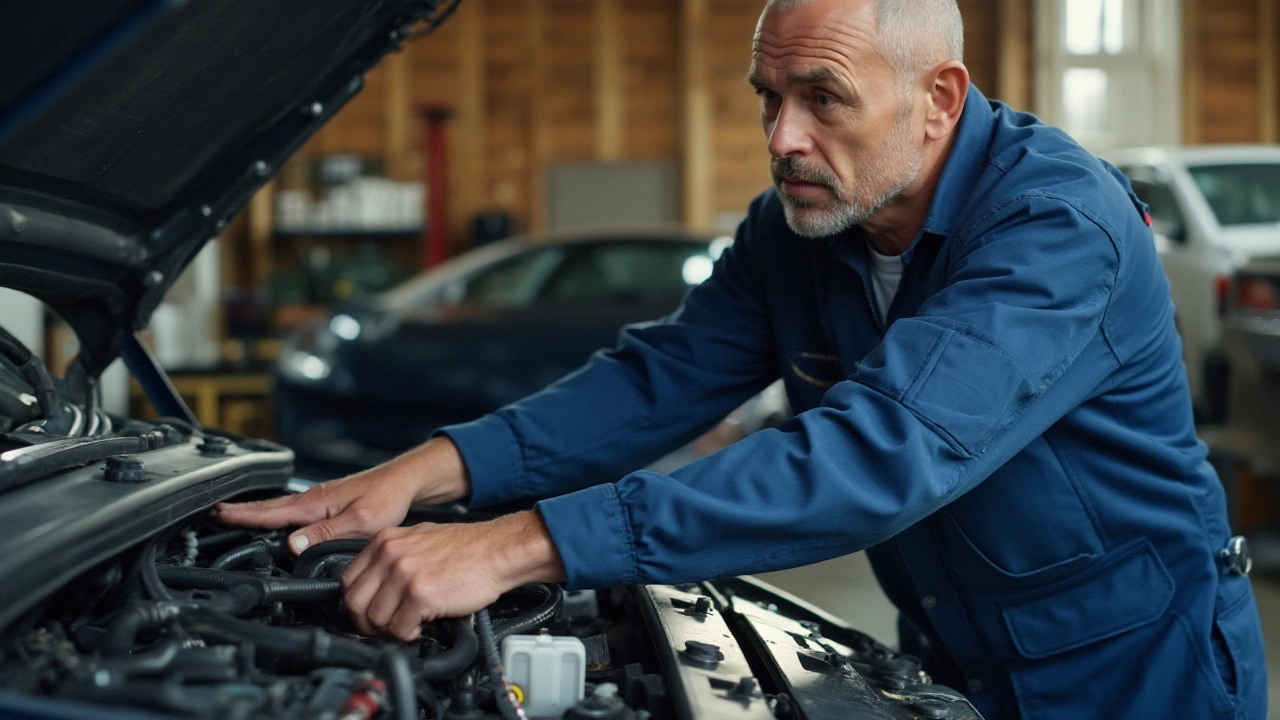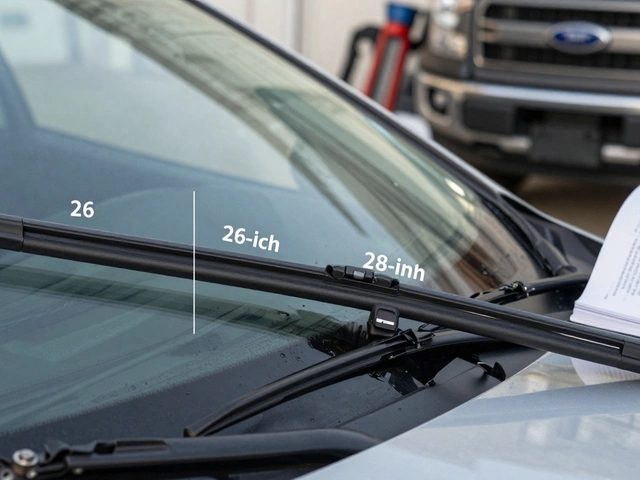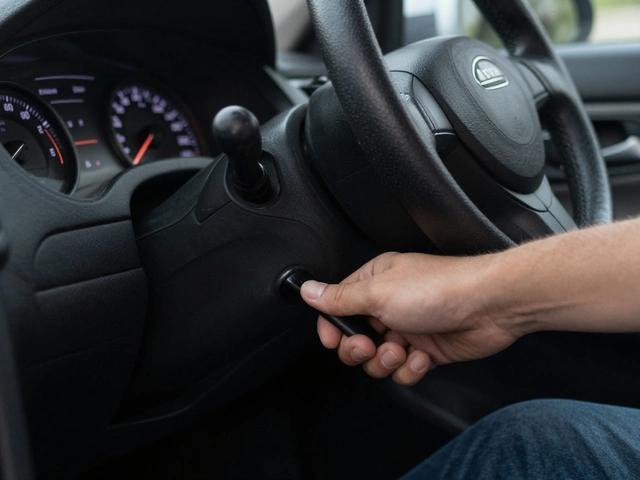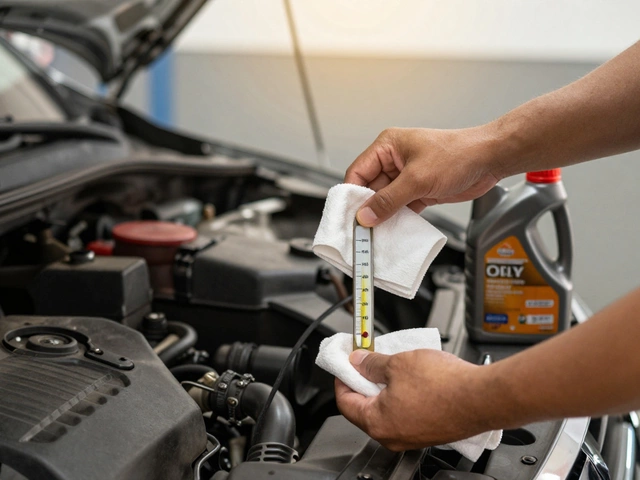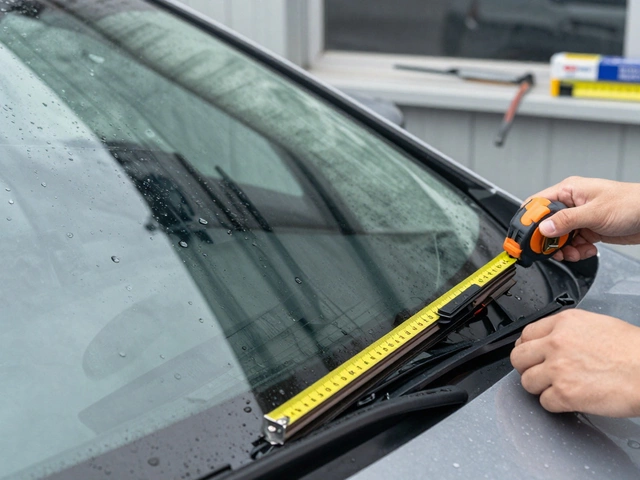Radiator Components: What They Are and How They Keep Your Engine Cool
When your car’s engine runs hot, it’s not just the radiator, a key part of the vehicle’s cooling system that transfers heat away from the engine. Also known as cooling radiator, it’s the main line of defense against overheating. But a radiator doesn’t work alone. It’s made up of several radiator components, the individual parts that make up the cooling system and ensure proper fluid flow and heat dissipation. These include the radiator core, tanks, hoses, thermostat, water pump, and radiator cap. Together, they form a system that pulls heat out of the engine and dumps it into the air. If any one of these pieces fails, your engine can overheat in minutes.
Most people think a radiator is just a metal box under the hood. But it’s more like a network. The coolant, a mixture of water and antifreeze that circulates through the engine and radiator to absorb and release heat. flows through tubes inside the radiator core, where airflow from driving or the fan cools it down. The thermostat, a valve that controls when coolant flows into the radiator based on engine temperature. decides when to open and let that hot fluid through. A broken thermostat stuck closed means no cooling, even if the radiator is perfect. And then there’s the radiator cap, a pressure-regulating seal that maintains the right pressure in the cooling system to raise the boiling point of coolant.. A weak cap can cause coolant to boil off, even if the engine is running fine. These aren’t just parts—they’re a team. One fails, the whole system suffers.
Overheating doesn’t happen out of nowhere. It’s usually a slow leak, a clogged hose, or a cracked tank you ignored. You might notice steam, a sweet smell, or the temperature gauge creeping up. Those are red flags tied directly to radiator components failing. A coolant leak, a common issue where fluid escapes from hoses, seals, or the radiator itself. might start as a small puddle under your car. A radiator failure, when the radiator can no longer cool the engine effectively due to damage or blockage. often comes after years of neglect—rust, debris, or old coolant turning to sludge inside the tubes. These aren’t abstract problems. They’re real, common, and preventable.
What you’ll find below are real stories from drivers who ignored the signs—and those who caught them early. We cover how to spot a bad radiator, why your radiator might be leaking, what parts cost to replace, and how old radiators fail after 100,000 miles. No fluff. Just what you need to know to keep your engine running cool and avoid a tow truck bill.
